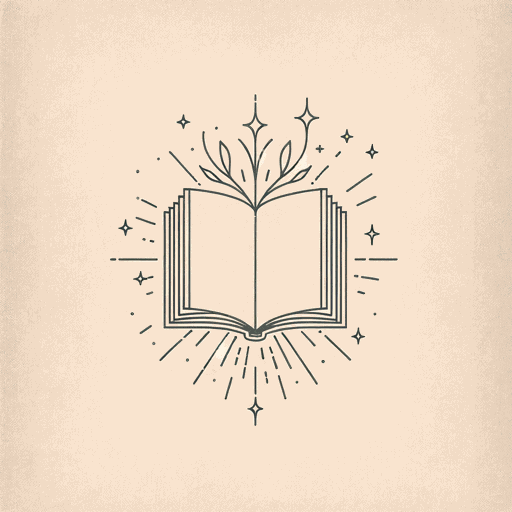50 pages • 1 hour read
Emma TörzsInk Blood Sister Scribe
Fiction | Novel | Adult | Published in 2023A modern alternative to SparkNotes and CliffsNotes, SuperSummary offers high-quality Study Guides with detailed chapter summaries and analysis of major themes, characters, and more.
Background
Genre Context: Contemporary Magical Realism
Literary magical realism is defined broadly as literature in which impossible or magical events occur within a narrative that is otherwise grounded in reality. It often blurs the lines between fantasy and reality, with uncanny events pervading an otherwise recognizable world. The term “magic realism” was first used in 1925 in the context of German art history, when Franz Roh used it to describe surrealist paintings. In the 1950s, critics began applying the term magical realism to literature, particularly in the context of Latin American writers, including Gabriel García Márquez, whose One Hundred Years of Solitude (1967) is considered a landmark text in the genre. Magical realism is often characterized by the inclusion of cultural critique, in part because it enables writers to emphasize the contrast between actual geopolitical contexts and ideal or alternative futures. In the context of 20th-century Latin America, writers like García Marquez, Jorge Luis Borges, Alejo Carpentier, and Isabel Allende employed the genre to critique Cold War-era politics and advance anticolonial arguments. Scholars have suggested that magical realism’s focus on the contrast between reality and magic allows writers to offer insight on what it means to be human and to exist in the world.

